15 Priceless Antique Sculptures and Statues You Should Know About
Antique sculptures and statues have a special place in the world of fine art. They are not just decorative; they represent eras, cultures, and sometimes even significant historical moments. Over time, some of these pieces have become incredibly valuable, attracting collectors from all over the world. Whether you are an avid collector or simply someone with an appreciation for history, these works are worth paying attention to. Join us as we take a closer look at some of the most valuable antique sculptures and statues today.
This post may contain affiliate links, which helps keep this content free. Please read our disclosure for more info.
Venus de Milo
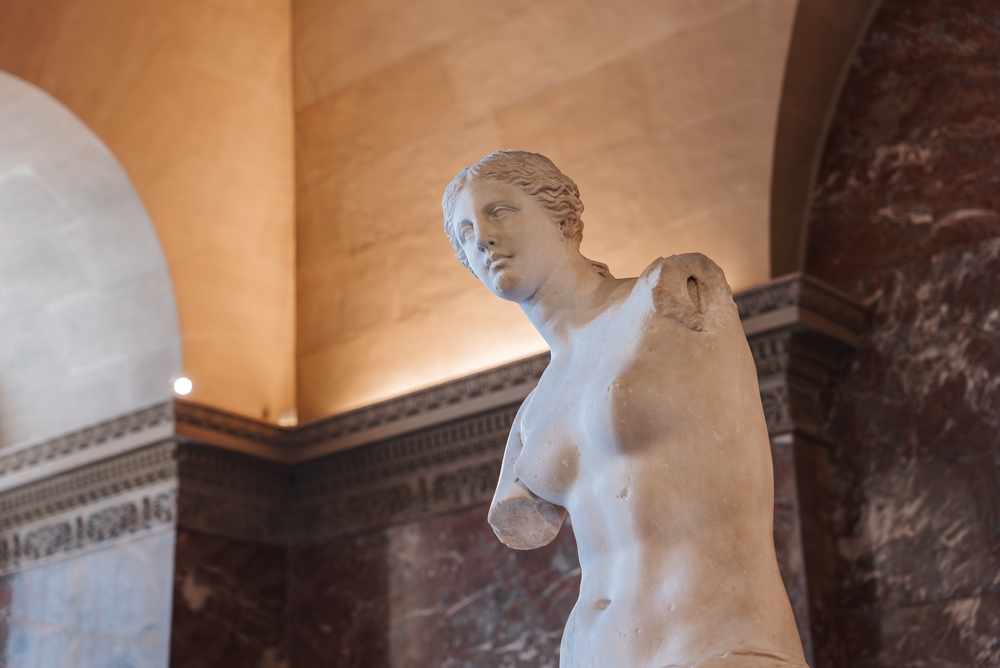
The Venus de Milo is one of the most famous ancient Greek sculptures, created around 130-100 BC. It was attributed to the sculptor Alexandros of Antioch, though some scholars suggest other artists. This marble statue depicts the Greek goddess Aphrodite and is considered a masterpiece of classical art. The statue’s missing arms have only added to its mystique and allure, contributing to its high market value, which is estimated at over $100 million today.
This iconic sculpture is made of Parian marble, known for its fine quality. Its historical importance and exquisite craftsmanship make it one of the most sought-after pieces in the world. The Venus de Milo has been housed at the Louvre Museum since its discovery in 1820. While it is not for sale, if it were to ever be auctioned, it would fetch an extraordinary sum.
Michelangelo’s David
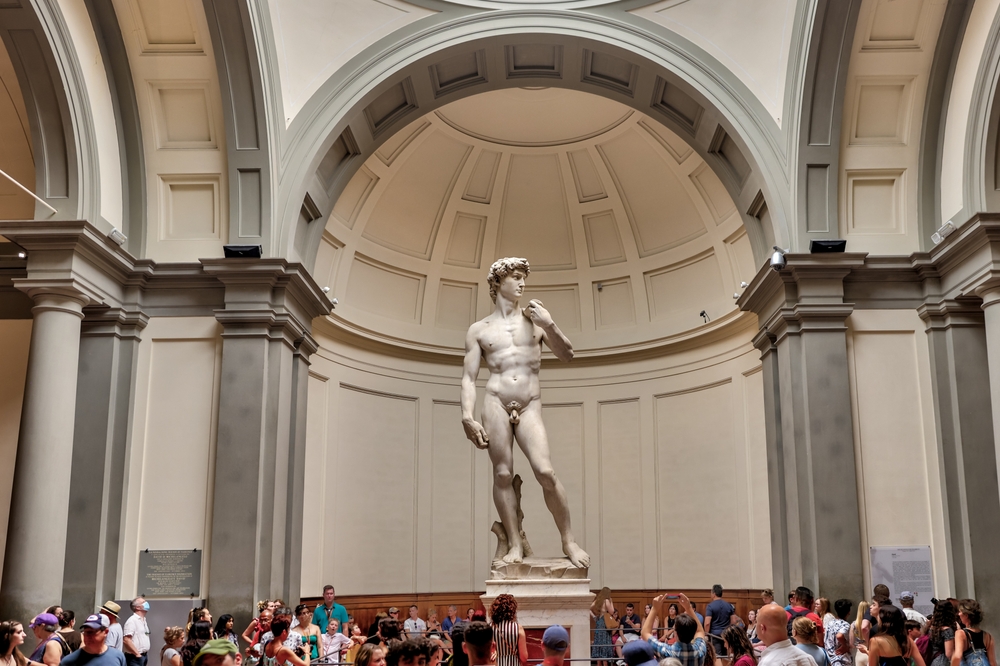
Michelangelo’s David, completed in 1504, is one of the most famous Renaissance sculptures. Crafted from a single block of Carrara marble, it represents the biblical hero David in his moment of contemplation before facing Goliath. This statue’s realistic detail and representation of human anatomy are what make it incredibly valuable. The David is currently housed in the Galleria dell’Accademia in Florence, but its value is estimated to be over $500 million.
Michelangelo’s meticulous attention to detail and lifelike representation of the human form make this piece priceless. The statue was carved from a single piece of marble, which was originally rejected by other artists. Its historical and artistic significance further increases its value. If sold, David would undoubtedly become one of the most expensive sculptures ever to change hands.
The Thinker by Auguste Rodin
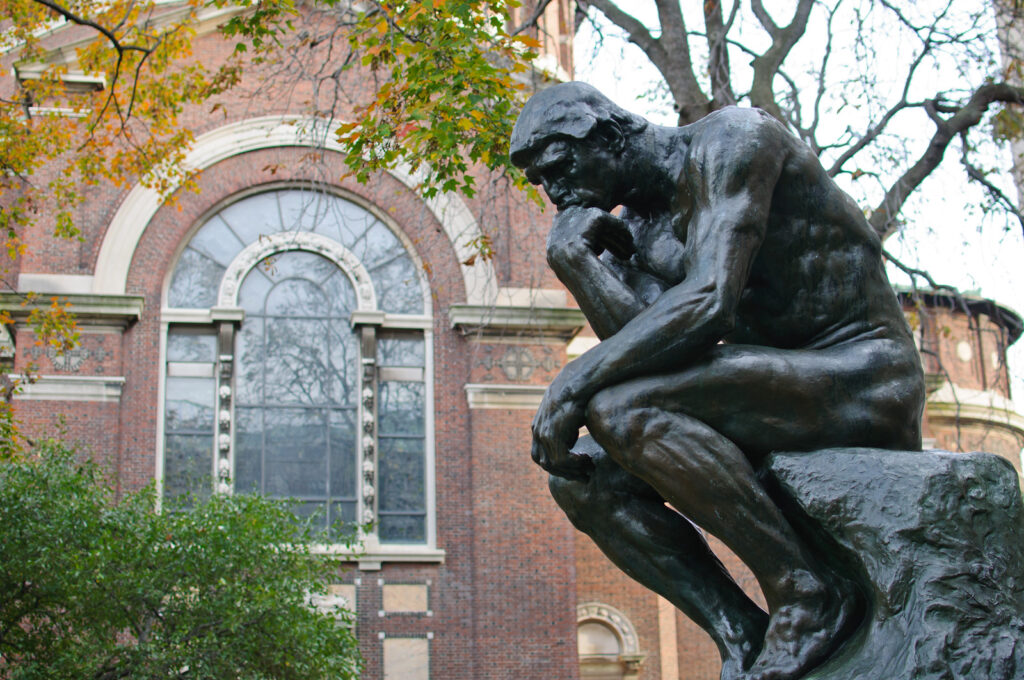
Rodin’s The Thinker, created in 1880 as part of a larger work called “The Gates of Hell,” is an iconic symbol of intellectual contemplation. Made of bronze, it has been cast in various versions, with the most famous cast located in Paris at the Musée Rodin. This sculpture stands as a testament to Rodin’s exploration of human emotion and physicality. Its market value is estimated to be around $30 million, depending on the version and condition.
The Thinker’s dramatic pose and powerful expression convey deep philosophical thought, which continues to resonate with collectors. The original model was made in clay, then cast in bronze. Due to its cultural and historical significance, this piece is among Rodin’s most valuable works. A bronze version of The Thinker can still fetch millions at auction, especially in perfect condition.
Laocoon and His Sons
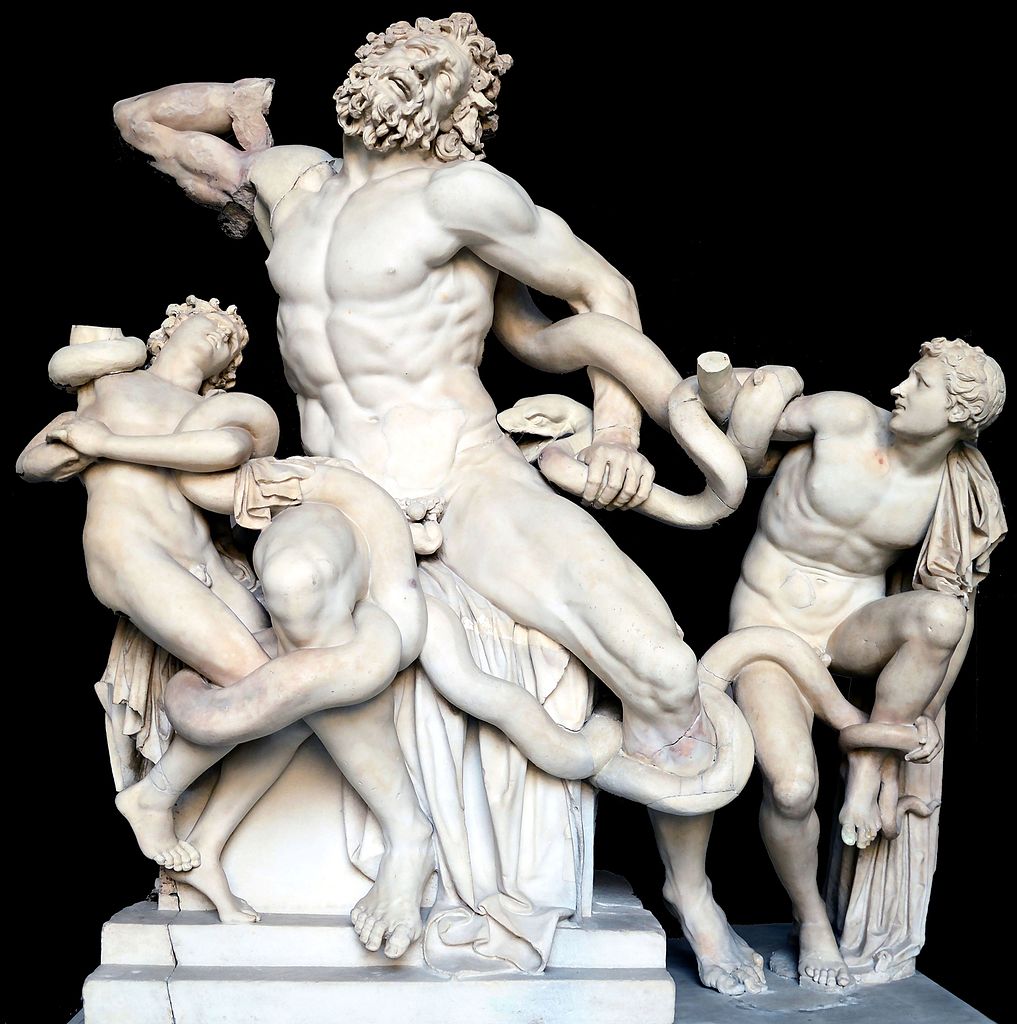
This ancient Greek sculpture, created around the 1st century BC, was attributed to three sculptors: Agesander, Athenodoros, and Polydorus. The Laocoon group depicts the tragic myth of Laocoon, a priest of Apollo, and his sons being strangled by sea serpents. The sculpture’s intricate portrayal of pain and struggle, made from marble, makes it one of the most significant ancient sculptures ever discovered. Its market value is difficult to estimate but is considered priceless due to its historical and artistic importance.
The piece was originally found in 1506 and is now displayed at the Vatican Museums. It is made of marble and was expertly sculpted to show dynamic movement and intense emotion. The Laocoon group’s influence on Renaissance artists, including Michelangelo, further adds to its value. This masterpiece of ancient Greek art continues to be celebrated for its beauty and emotional depth.
Winged Victory of Samothrace
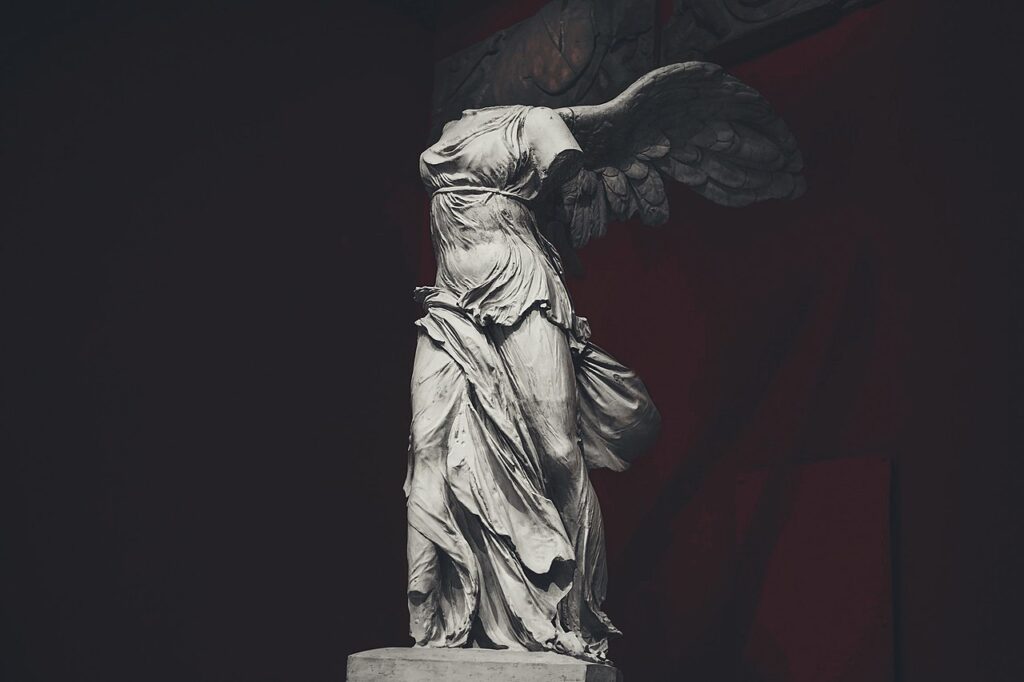
The Winged Victory of Samothrace, also known as the Nike of Samothrace, was created around 190 BC. It is believed to be the work of the sculptor Pythokritos of Rhodes, and it represents the Greek goddess Nike. The statue was carved from Parian marble and was originally part of a grand monument to commemorate a naval victory. Its current market value is hard to determine but would likely be over $100 million, given its significance.
The statue is known for its dramatic depiction of movement and its sense of energy. The missing arms and head of the figure only enhance its air of mystery, making it all the more captivating. Displayed at the Louvre Museum, it is regarded as one of the most celebrated sculptures from antiquity. The Winged Victory’s status as a symbol of triumph and artistic achievement gives it immense value.
The Discus Thrower (Discobolus)
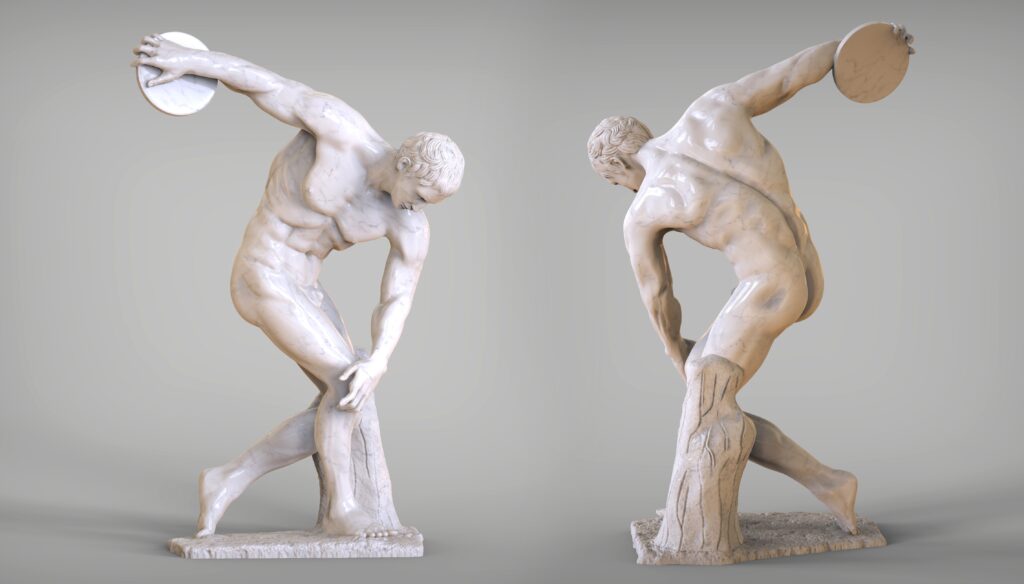
The Discus Thrower, created by the Greek sculptor Myron around 450 BC, is a prime example of ancient Greek athleticism and idealized human form. This statue, made of marble, originally stood as a bronze figure but was later cast in marble. Its precise depiction of a young athlete in motion continues to be a symbol of strength and grace. Market estimates place the value of an original or high-quality cast at around $50 million.
This sculpture has been admired for its accurate portrayal of movement, capturing the energy of the human body in mid-action. Myron’s work influences generations of artists and athletes alike. The Discus Thrower’s historical value is significant, particularly given that it represents the ancient Olympic Games. Though the original bronze statue is lost, marble copies have fetched impressive prices in auctions.
The Dying Gaul
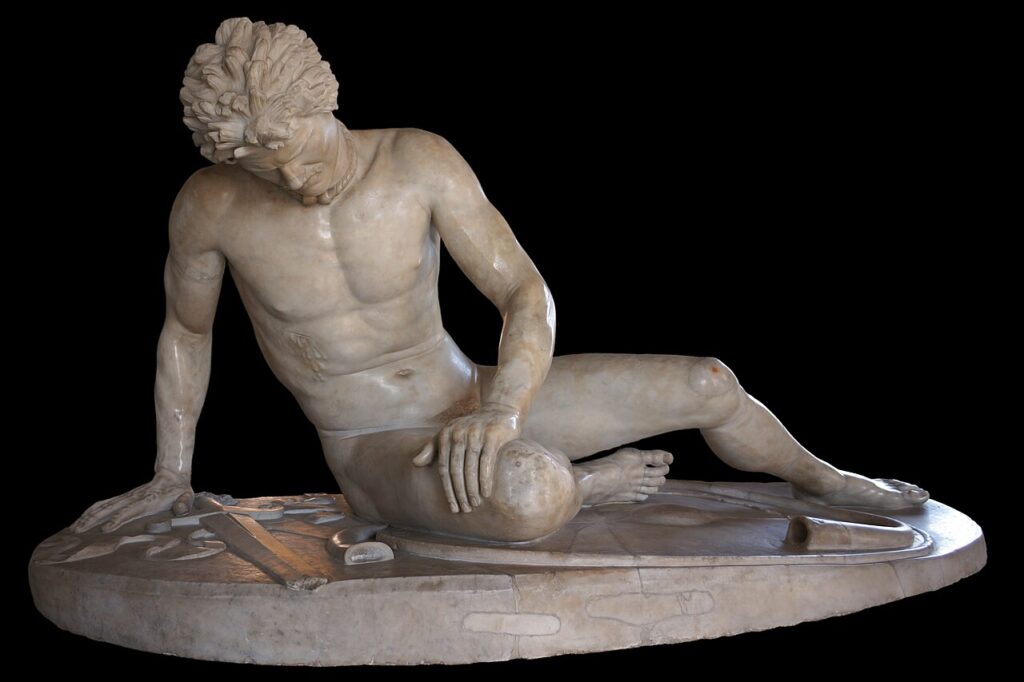
The Dying Gaul is a remarkable ancient sculpture from around 230-220 BC, attributed to the sculptor Epigonos. It was created to commemorate the death of a Gallic warrior and is one of the most emotionally evocative pieces of classical art. Carved from marble, it depicts the warrior in his final moments, showing the pain and dignity of his defeat. Its market value is believed to be well over $50 million, though it remains in the Capitoline Museums in Rome.
The sculpture’s realistic representation of suffering and noble defeat makes it a true masterpiece of Hellenistic art. Its emotional depth and sophisticated craftsmanship add to its value. The Dying Gaul was highly influential and inspired both Roman and later Western art. The piece remains one of the finest examples of Hellenistic sculpture and commands attention for its historical significance.
The Sleeping Hermaphroditus
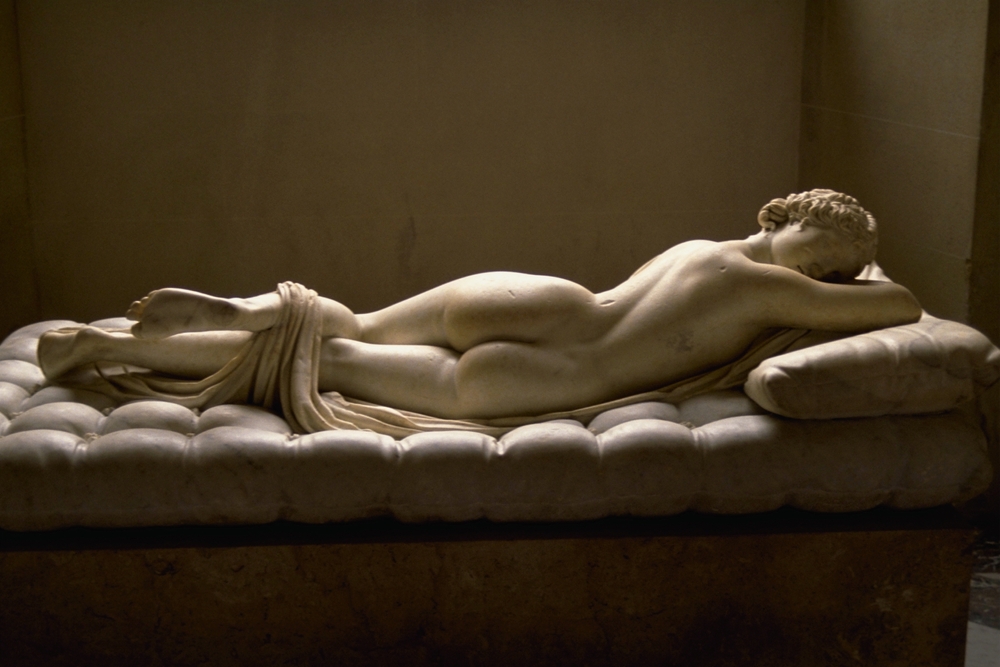
This ancient Roman marble sculpture, created around the 2nd century AD, represents the mythological figure of Hermaphroditus, the child of Hermes and Aphrodite. The statue shows the character in a relaxed, sleeping position, highlighting the beauty of both male and female forms. It was originally commissioned by a Roman patron, and its smooth, lifelike quality adds to its value. Its market price is estimated at around $35 million, though it is now housed at the Louvre Museum.
Made of marble, the Sleeping Hermaphroditus was created during the Roman Imperial period. The work is famous for its detailed depiction of the body and the serene expression on the figure’s face. The statue is highly valued for its historical importance and artistic achievement. The piece’s blend of mythological elements and realism makes it one of the most fascinating sculptures in the ancient world.
The Apollo Sauroktonos (Apollo the Lizard Slayer)
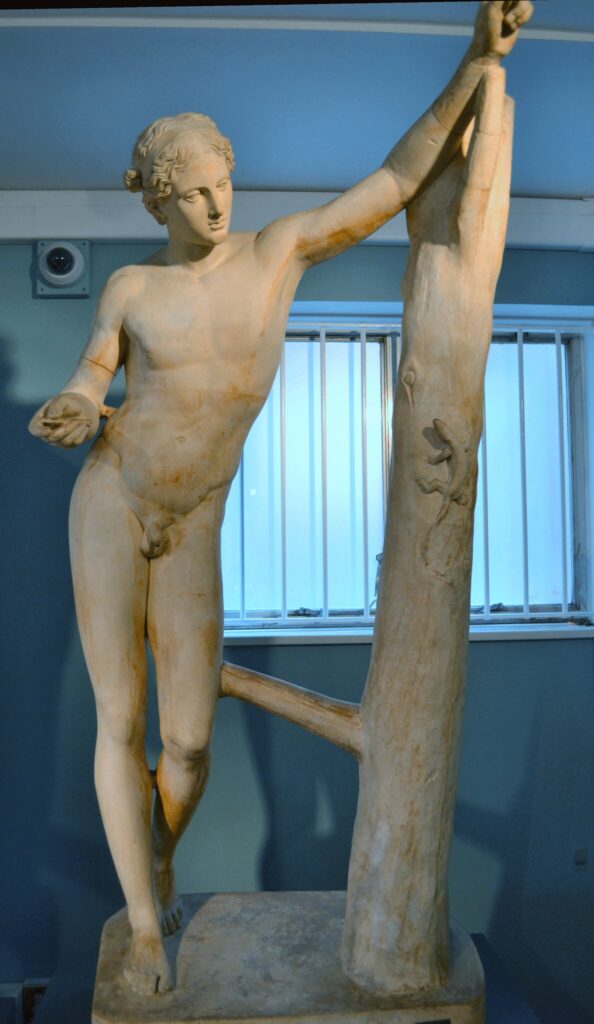
Created by Praxiteles in the 4th century BC, this marble statue depicts the Greek god Apollo in a youthful, playful moment. The original bronze version was lost, but the statue was recreated in marble over the centuries. It is considered valuable due to its balance of naturalism and idealized beauty. The value of this statue is estimated at $20 million or more, depending on the cast or version.
The Apollo Sauroktonos is known for its graceful posture and the depiction of Apollo holding a bow, with a lizard at his feet. Its realistic rendering of Apollo’s body was revolutionary at the time. Praxiteles was renowned for his ability to portray gods and mortals in a more humanized, relatable form. The statue’s beauty and significance in Greek art contribute to its high value.
The Horse and Rider from the Parthenon
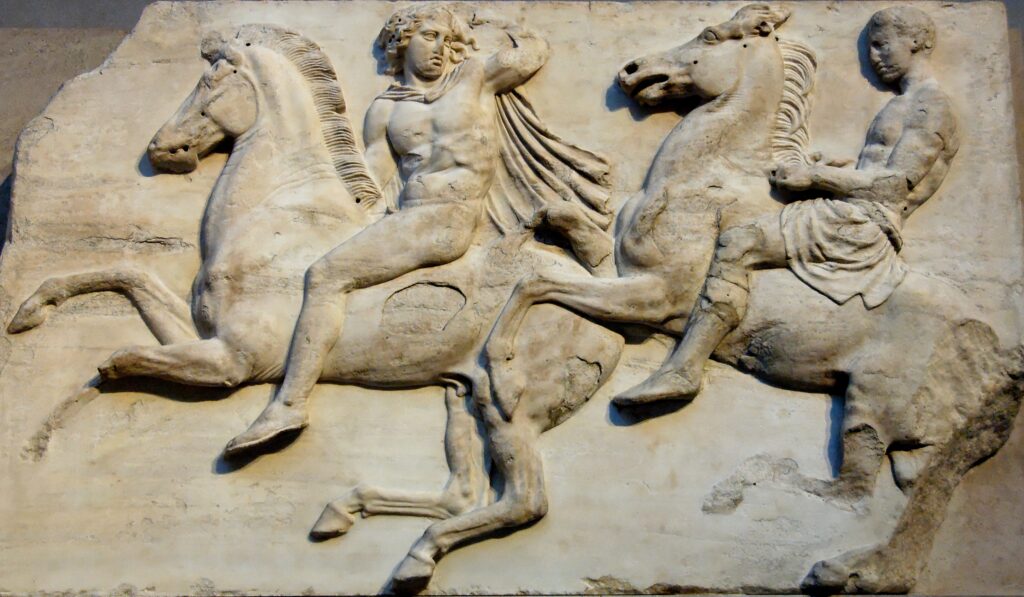
The Horse and Rider sculpture, originally part of the Parthenon’s frieze, was created by the sculptor Phidias in the 5th century BC. This marble sculpture portrays a rider with a horse, capturing the energy and elegance of both the human and animal forms. It was originally part of a larger collection that adorned the Parthenon in Athens. Its value is considered to be in the range of $30 million, largely due to its historical significance and connection to the Parthenon.
This sculpture is part of a series of artworks that reflect the ideals of ancient Greek culture and their celebration of athleticism and heroism. Phidias was renowned for his ability to depict the human form with accuracy and beauty. The Horse and Rider remains one of the most iconic symbols of classical art. Its place in history and artistry makes it highly desirable to collectors.
The Torlonia Venus
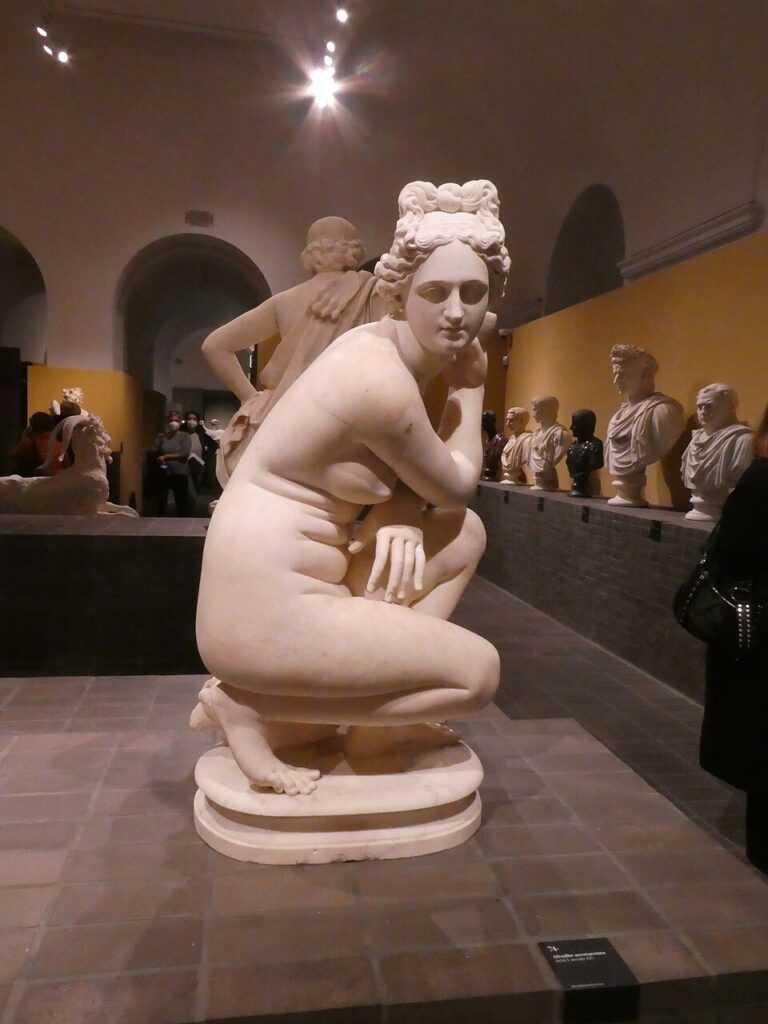
The Torlonia Venus, discovered in the early 19th century, is an ancient Roman marble sculpture that was inspired by the famous Venus de Milo. It is believed to have been created in the 1st century BC and is considered one of the finest examples of Roman copies of Greek masterpieces. The statue’s graceful form and attention to detail contribute to its high value, which is estimated at around $30 million.
Made from marble, the statue represents the goddess Venus, with a distinct Roman interpretation of the classical Greek ideal. Its smooth surfaces and delicate features highlight the skill of the Roman sculptors who replicated Greek works. The Torlonia Venus is highly regarded for both its artistic beauty and its connection to classical art. It remains one of the most significant Roman sculptures still in private collections.
The Barberini Faun
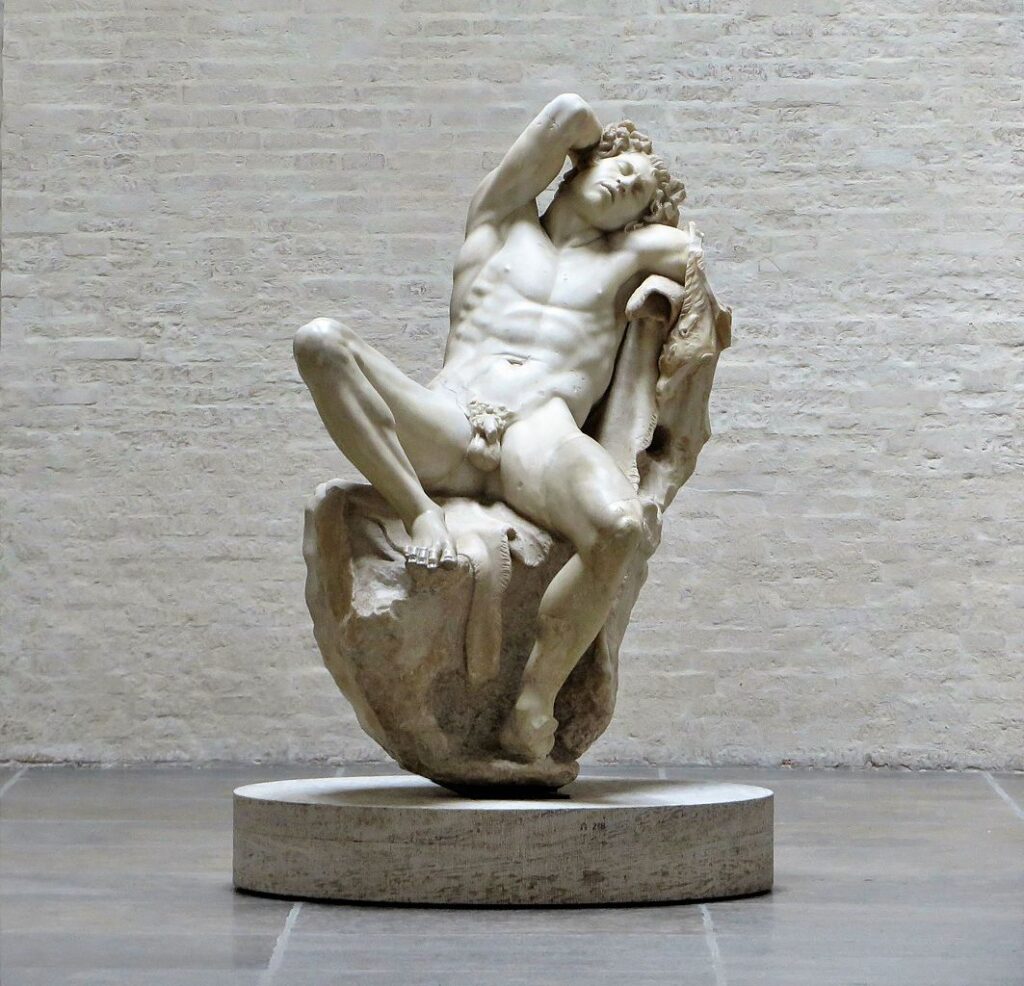
The Barberini Faun, created by an unknown Greek sculptor during the Hellenistic period around 200 BC, is a dramatic representation of the Greek god Pan. Made from marble, it shows Pan reclining in an exhausted state after a night of revelry. This piece is highly valued due to its intense realism and the way it captures movement and emotion. The estimated market value is around $40 million.
This sculpture, now housed at the Louvre Museum, was part of a large collection of Hellenistic works. The artist’s ability to portray a mythological figure in such a naturalistic way makes this statue stand out. The sense of exhaustion on the faun’s face, paired with the skillful carving of his body, adds to its allure. The Barberini Faun remains one of the most celebrated pieces of ancient sculpture.
The Rape of Proserpina
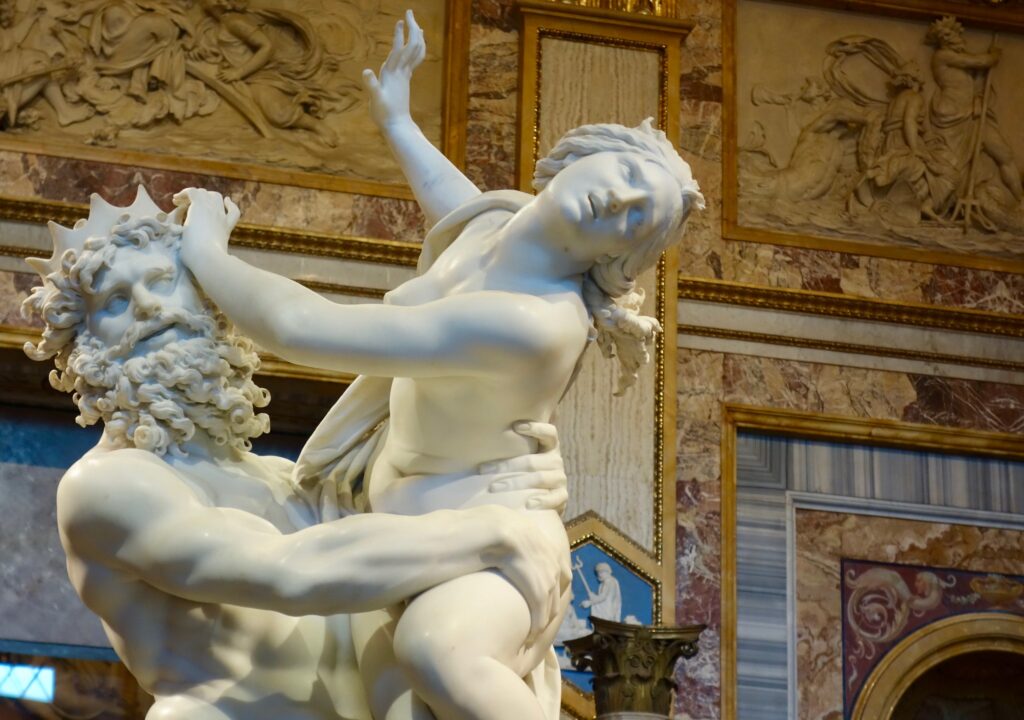
The Rape of Proserpina, created by Gian Lorenzo Bernini in 1621-1622, is a Baroque marble sculpture depicting the myth of Pluto abducting Proserpina. This masterpiece is famous for its dramatic representation of the moment and its incredible attention to detail, especially in the textures of the skin and hair. The sculpture is valued at over $50 million due to its technical excellence and historical significance.
Bernini’s ability to capture movement and emotion in marble is unmatched, making this piece a quintessential example of Baroque art. The figure of Proserpina, with her anguished expression, contrasts beautifully with Pluto’s intense grip. The Rape of Proserpina is one of Bernini’s most celebrated works and continues to command admiration from art lovers and collectors. Its value remains high because of both its craftsmanship and its place in art history.
The Mannequin Statue of Albert, Prince Consort

The Mannequin Statue of Albert, Prince Consort, created by the artist Sir Joseph Edgar Boehm in 1875, is a tribute to the beloved consort of Queen Victoria. Made from marble and bronze, it stands as an iconic representation of the prince in his royal attire. This statue holds historical significance and is valued at approximately $25 million due to its royal association and craftsmanship.
The figure of Prince Albert is lifelike, capturing both the dignity and grace of the consort. The sculptor, Boehm, was known for his exceptional skill in creating royal portraits and monuments. The statue’s high market value is largely due to its connection to the British royal family. It remains an important piece in the history of royal art and sculpture.
The Equestrian Statue of Marcus Aurelius
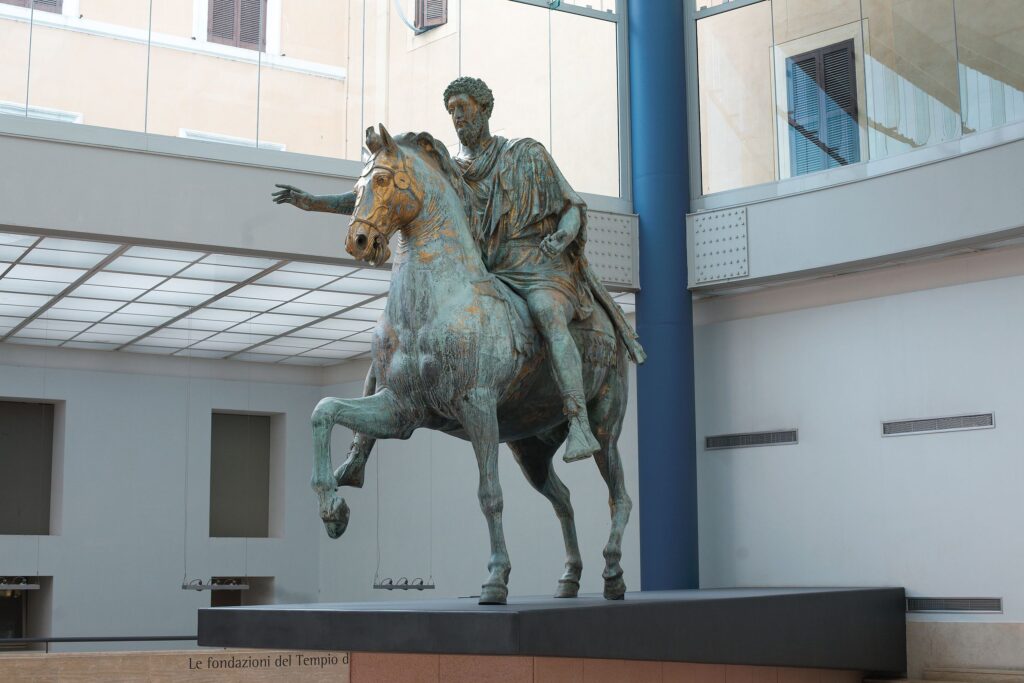
The Equestrian Statue of Marcus Aurelius, created around 175 AD, is one of the most famous and best-preserved statues from ancient Rome. Made from bronze, it depicts the emperor Marcus Aurelius on horseback, symbolizing his power and leadership. The statue was originally placed in the Roman Forum but now resides in the Capitoline Museums in Rome. It is valued at approximately $25 million due to its historical and artistic importance.
The statue stands as a remarkable example of Roman imperial portraiture and equestrian statues. It is one of the few surviving bronze statues from ancient Rome, making it extremely rare. The Equestrian Statue of Marcus Aurelius is widely admired for its grandeur and significance in Roman art. Its lasting influence on Western sculpture further contributes to its high value.
These masterpieces carry with them centuries of history and cultural significance. With proper care and understanding, they can become a valuable part of any collection. Embracing the allure of these incredible works is a journey into the past, with the potential for both personal and financial rewards.
This article originally appeared on Avocadu.
